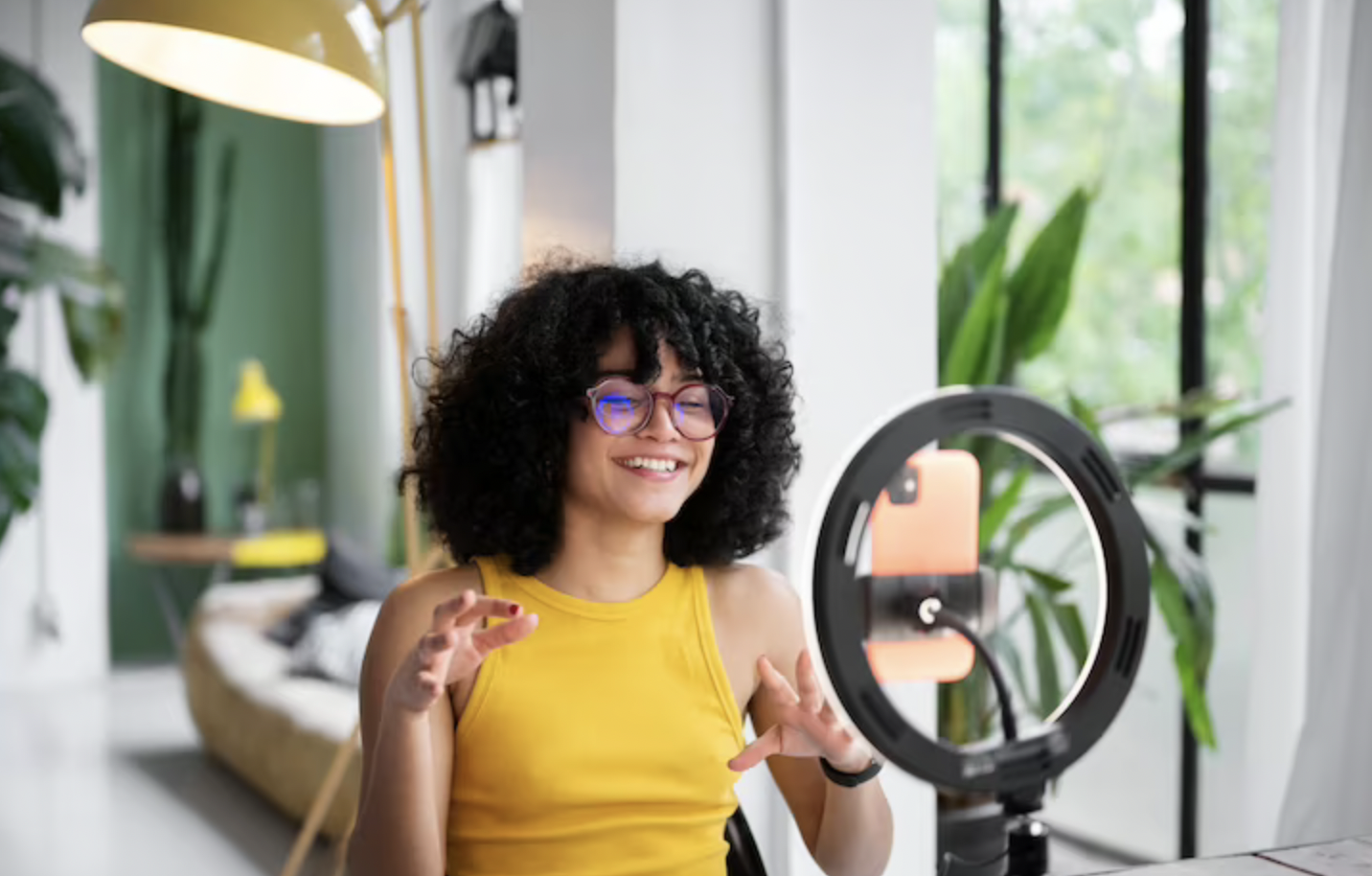When did influencer marketing start in Brazil?
Not so long ago the term “influencer marketing” didn’t even exist. But today it has become the mainstream form of digital marketing. In Brazil, approximately 70% of industry specialists use influencer marketing in their strategies.
Companies hoping to thrive in Brazil have to consider using influencers to help gain market share. But why is influencer marketing so important? And when did influencer marketing start in Brazil? This article examines these questions in further detail.
What is Influencer marketing?
The term “influencer marketing” has gained significant attention and has become a popular buzzword in mainstream media. However, despite being frequently mentioned, not everyone knows what it means.
Many individuals may come across the phrase for the first time and ask themselves “What exactly is influencer marketing?”
Influencer marketing combines traditional and modern marketing techniques by leveraging the concept of celebrity endorsements in contemporary content-driven marketing campaigns.
Unlike conventional celebrity endorsements, influencer marketing campaigns are a collaborative effort between brands and influencers, setting it apart as a unique marketing strategy.
It is important to note that influencer marketing isn’t solely reserved for A-list celebrities. Instead, the focus is on collaborating with influencers, who may not necessarily consider themselves famous in an offline setting, but have a significant online following and influence over their audience.
When did influencer marketing start in Brazil?
The year was 2016, and Influencer marketing was beginning to gain traction in Brazil. Instagram and YouTube were growing more and more in popularity, and content creators began to amass significant followings.
Brands in Brazil soon realized the potential of collaborating with these influencers to reach their target audience, and began incorporating influencer marketing into their advertising strategies.
Since then, the influencer marketing industry in Brazil has grown significantly, with many brands and influencers successfully using this marketing technique to reach their desired audiences.
Brazil’s recent Influencer Marketing landscape
The influencer marketing landscape in Brazil is vibrant and constantly evolving. According to a study by Socialbakers, Brazil is the third-largest market for Instagram influencers, behind only the United States and India.
The study also found that the number of Brazilian influencers has grown by 56% since 2020, with an increasing number of micro-influencers (accounts with fewer than 10,000 followers) gaining in popularity.
The industry is diverse and encompasses influencers in a wide range of niches, including fashion, beauty, food, travel and lifestyle.
Brands in Brazil are increasingly using influencer marketing as a way to reach their target audience, with a particular focus on social media platforms like Instagram, TikTok, and YouTube.
However, as with any marketing technique, the Brazilian influencer marketing landscape faces a number of challenges, including issues concerning transparency, authenticity and regulations.
The Brazilian government has introduced regulations that require influencers to disclose sponsored content and partnerships, but there is still a need for greater transparency and accountability in the industry.
Nonetheless, the Brazilian influencer marketing landscape remains a dynamic and exciting space for brands and influencers alike.
How can influencer marketing help your digital strategy?
Incorporating influencer marketing into your digital strategy can help you reach your marketing goals by building brand awareness, improving credibility, increasing engagement and driving conversions.
Think of it like “borrowing” the influencer’s reputation. Their audience already trusts what they are saying, so if the influencer believes in your brand, then the chances of converting their audience is high.
Influencers have a dedicated and engaged audience that trusts their opinions, and this typically results in higher engagement rates for your brand’s content. This strategy allows you to reach a highly targeted audience, since influencers are typically followed by a specific niche or demographic.
You can monitor whether your campaign is working by using personalized coupons to track purchases.
All of this makes influencer marketing more cost effective compared to traditional advertising, especially when working with micro-influencers who charge lower fees.
How to succeed in influencer marketing
A crucial factor in successful influencer marketing is identifying which influencers can genuinely connect with your target audience.
While it may be tempting to focus solely on influencers with a large following or numerous existing partnerships, these profiles may not be the best fit for every brand or campaign.
Instead, brands should seek out influencers who could potentially resonate authentically with their specific audience.
Timing is also critical in influencer marketing. In a landscape where videos go viral and memes spread like wildfire, it’s essential to pay attention to the constantly evolving trends and adapt your influencer marketing strategy accordingly.
By staying tuned to the latest trends and consumer behaviors, brands can ensure that their influencer marketing efforts remain relevant and effective.
We’ve seen when influencer marketing started, and how knowledge of the area has increased. Nowadays, with all the accrued experience surrounding this strategy, the tools for a winning campaign are at your disposal.

